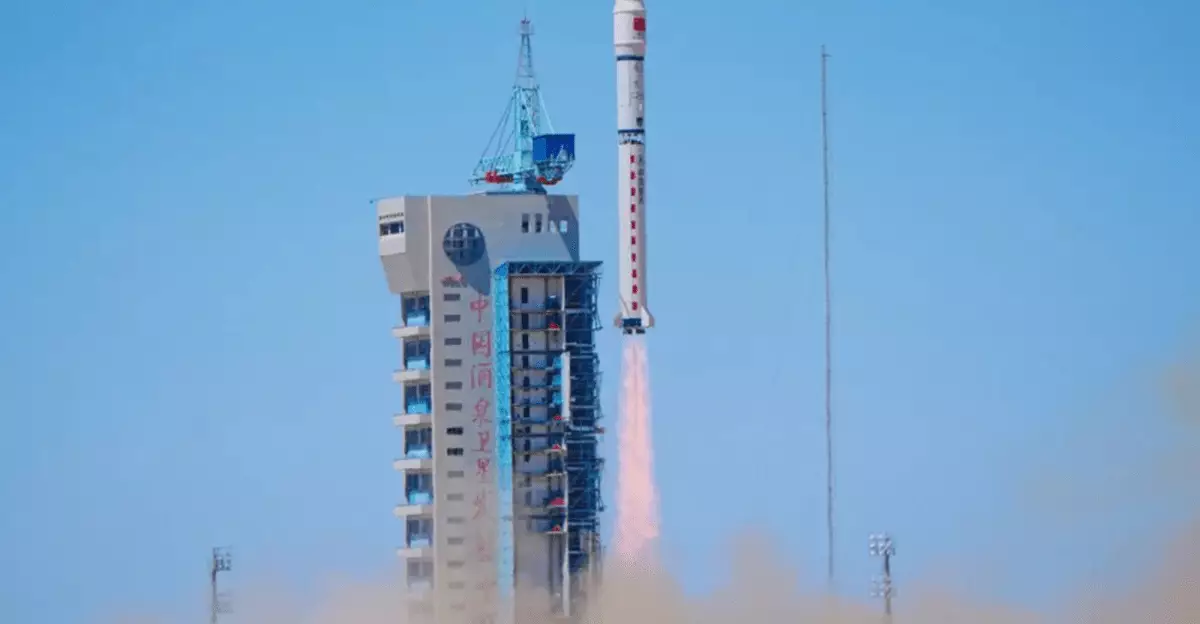In an ambitious leap toward technological advancement, China’s ADA Space has inaugurated a groundbreaking project that aims to deploy a staggering 2,800-satellite network designed for supercomputing powered by artificial intelligence. This pioneering effort, which kicked off with the launch of 12 satellites, is expected to dramatically alter not only how data is processed in orbit but also how we think about satellite technology as a whole.
The satellites, a collaboration between ADA Space, Zhijiang Laboratory, and Neijang High-Tech Zone, promise to bring computing power to the stars. Unlike conventional satellites that depend heavily on terrestrial stations for data processing, these orbiting units will process information independently. This paradigm shift underscores a major advancement in the efficiency and capacity of satellite networks.
Unprecedented Capacities and Capabilities
Equipped with an impressive onboard AI model capable of processing 8 billion parameters and executing 744 tera operations per second (TOPS), each satellite is a monumental framework of computational power. Collectively, these satellites aim for a staggering output of 5 peta operations per second (POPS). For comparison, the performance required for technologies like Microsoft’s Copilot is significantly lesser, falling around 40 TOPS, showcasing how advanced these satellites are according to ADA Space’s recent announcements.
Moreover, the project, aptly named the “Three-Body Computing Constellation,” aspires to eventually achieve a net total of 1,000 POPs. This ambitious goal illustrates China’s intent to position itself as a leader in space-based computing technology, setting a formidable precedent in the realm of artificial intelligence.
Laser Communication and Beyond
One of the most remarkable aspects of this initiative is its communication system, designed to facilitate data transfer among satellites at lightning speeds of up to 100 Gbps using laser technology. Conventional satellite communications tend to be slow and cumbersome, with reports suggesting that less than 10% of satellite data actually makes its way back to Earth due to bandwidth limitations and dependence on ground stations. By effectively enabling intra-satellite communications, ADA Space’s network aims to overcome these challenges, leading to enhanced real-time data applications.
The satellites are not merely computational devices; they are also equipped to carry scientific payloads. Innovations include an X-ray polarization detector capable of pinpointing brief cosmic events, like gamma-ray bursts—an incredible advance for both scientific research and astronomical observation. Furthermore, the satellites’ adeptness at creating 3D digital twin data can transform industries such as emergency response, gaming, and even tourism, offering new dimensions of interaction and engagement.
A Vision for the Future
The implications of this vast network are monumental. Moving data processing into the cosmos means redefining the way we relay and utilize information, fundamentally altering sectors as diverse as logistics, artificial intelligence applications, and real-time data analytics. As countries race to harness the power of artificial intelligence, China’s strategic moves into space signal not just a leap in capability but a potential shift in global technological leadership.
As ADA Space continues to work toward expanding its satellite roster, one can only imagine the plethora of opportunities that will emerge from such an extensive and innovative framework. The future of satellite technology, draped in the brilliance of artificial intelligence, might soon redefine our everyday life in ways we have yet to comprehend.

